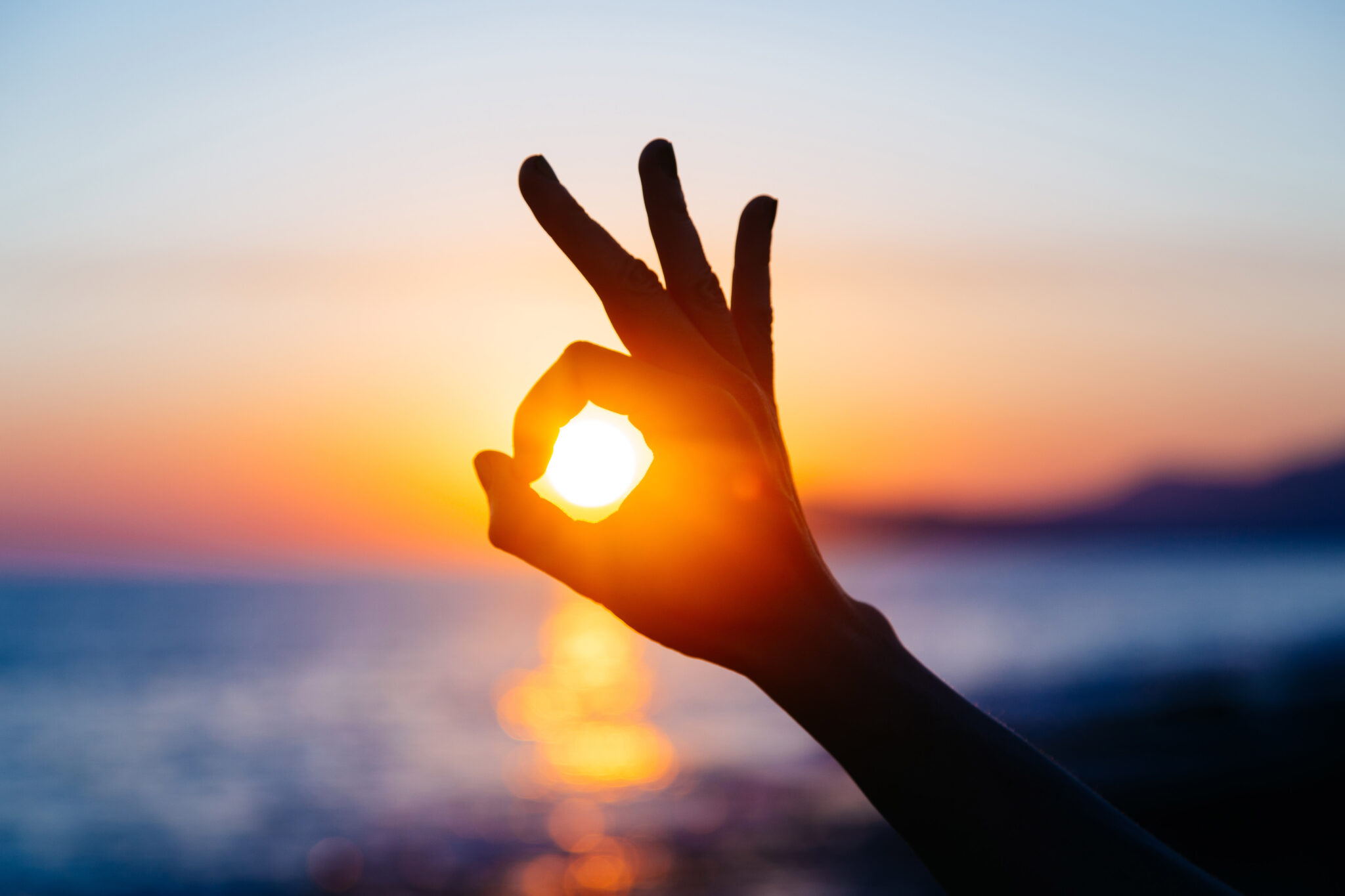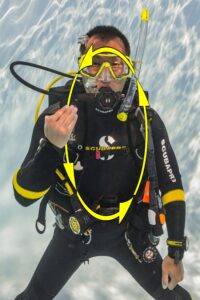If you’re a diver, you speak at least two languages – your native tongue and diver hand signals. Yes, dive signals are a language – highly specialized and limited compared to others, but as a system of spoken, signed or written symbols used for communication, it meets the definition of a language. Interestingly, there are about 7,450 languages currently used globally. One could make the argument that more people “speak diving” than many of humanity’s other languages.
As I’ve noted before, this isn’t trivial. Diving unites us across boundaries, bridging diverse cultures as Ocean Torchbearers who share a passion for adventure, a commitment to saving the ocean and a spirit of inviting others to join us. These values and our underwater language allow divers to communicate, even when we have no “regular” language in common — it happens all the time at popular destinations that draw divers from around the world. It is part of what gives us a voice as ocean ambassadors and advocates for spreading diving’s healing power.
There’s no consensus on exactly how new languages form and change, but generally, both spoken and signed languages emerge when people need to communicate but share no existing language. Words and grammar (spoken or signed) arise because they’re intuitive in context, are “borrowed” from other languages, or are created and agreed upon through continued use. A language becomes formalized as it matures and spreads, but continues to evolve.

Dive signals arose this way. Since divers can’t talk using their voices (using typical scuba – but today there are full face masks that allow voice communication), the first signals developed were (and still are) intuitive and easily understood — up, down, cold, come here, out-of-air, etc. Important communication that lacked intuitive gestures like danger, get with your buddy, turn the dive, how much air do you have?, low-on-air, etc. required creating signals that, over time, have become accepted as “the” signals for these. Sometimes people think our signals came from American Sign Language (ASL) because there is a fair bit of overlap, but it occurred naturally and coincidentally (mainly the intuitive signals). Our language developed on its own like any other – including borrowing some words (e.g. the signal for “shark”) from other signing languages – which explains why it works so well for us.
Dive signals continue to evolve. For example, because we often have one hand occupied while signaling with the other, the trend is toward one-handed signals. Divers used to use both hands to indicate numbers greater than five, but tec diving adopted one hand number signals that originated with the U.S. Army, and these are now migrating into recreational diving (and a lot of non-diving uses, for that matter). And, there are now alternative signals and communication methods used by adaptive divers who, due to a physical limitation, can’t use conventional dive signals.

Another important new (and one-handed) signal is this one: “I don’t feel well.”
This signal was established because many incidents start with a diver unexpectedly ending a dive for no obvious or signaled reason (cold, low air, near no-stop limit, etc.). In these incidents, the diver becomes unresponsive during ascent or immediately upon surfacing, with survival rates low, particularly when there’s no rescuer close at hand.
Analysis of such incidents has found that often the diver feels seriously ill – heart attack symptoms, impaired breathing, extreme nausea, etc. – and wants to get out of the water, but blacks out during ascent as lessening pressure reduces oxygen uptake in the body. This signal indicates feeling seriously ill to alert buddies and/or divemasters to stay close while escorting the affected diver to safety, ready to hold the mouthpiece in and begin rescue procedures. While not yet “officially” a standard signal, it is evolving and will likely become one with widespread adoption by all of us. If it’s new to you, please note it and share it with your buddies during your predive safety checks – it could save your or their life!.
Seek adventure. Save the ocean.
Dr. Drew Richardson
PADI President & CEO
P.S. Quite a few divers do learn and use one of the established sign languages, like ASL, while diving. Their ability to communicate is amazing! Check out the video you find here.
Share This